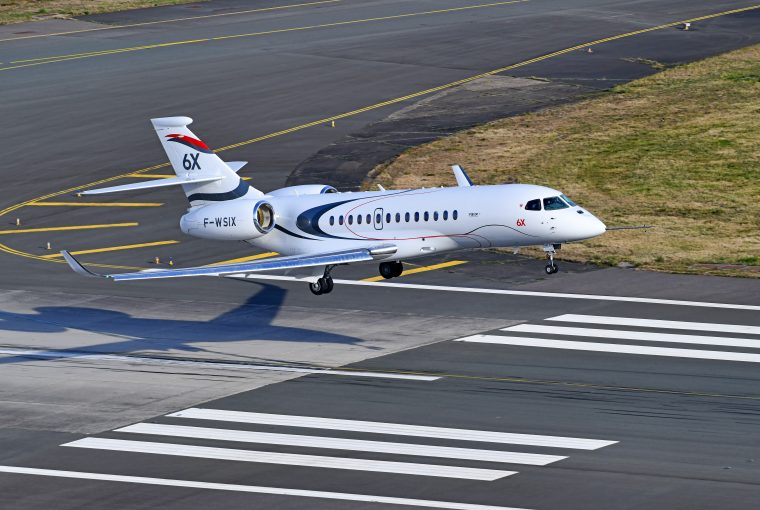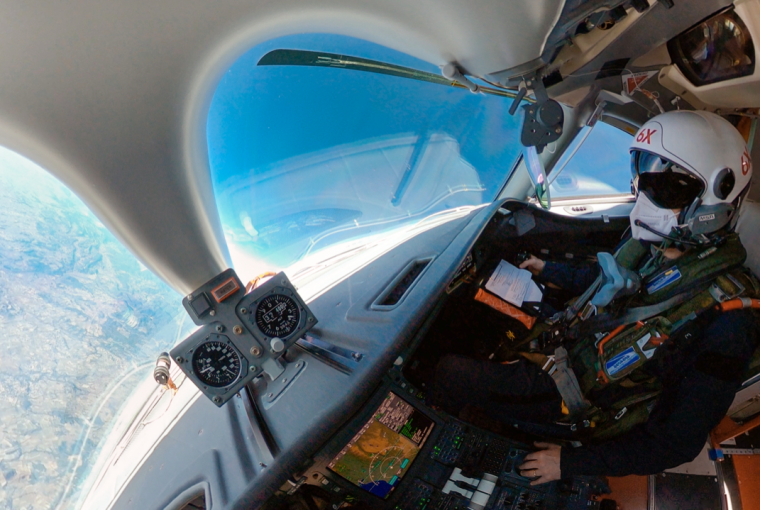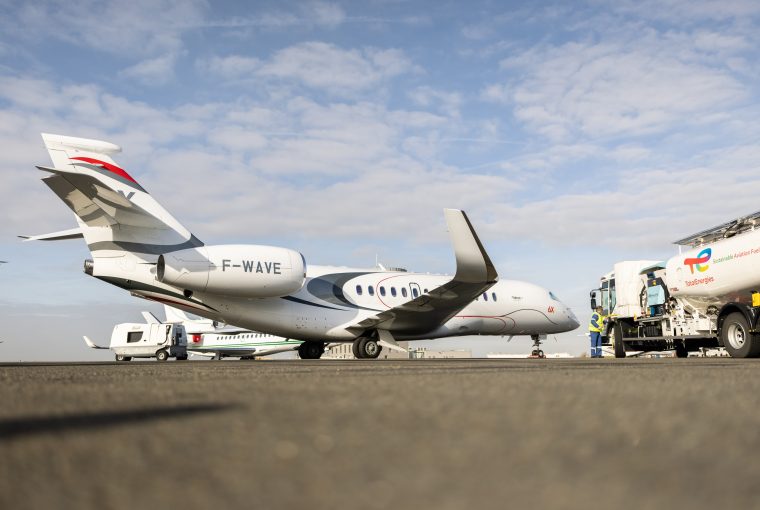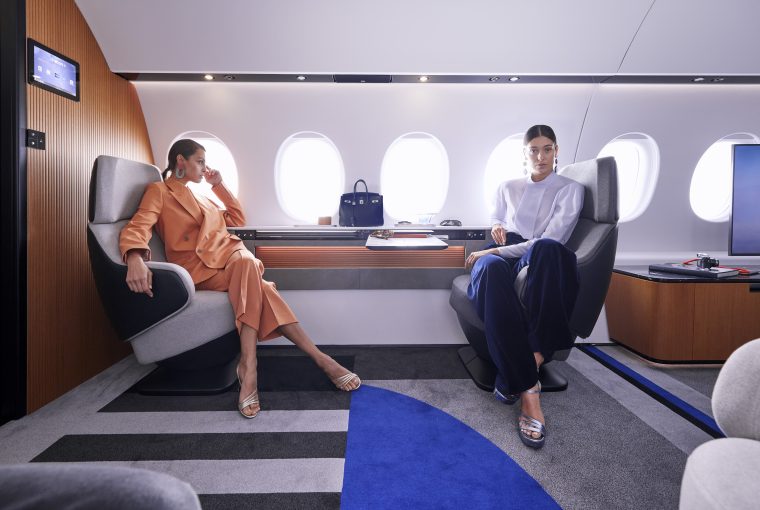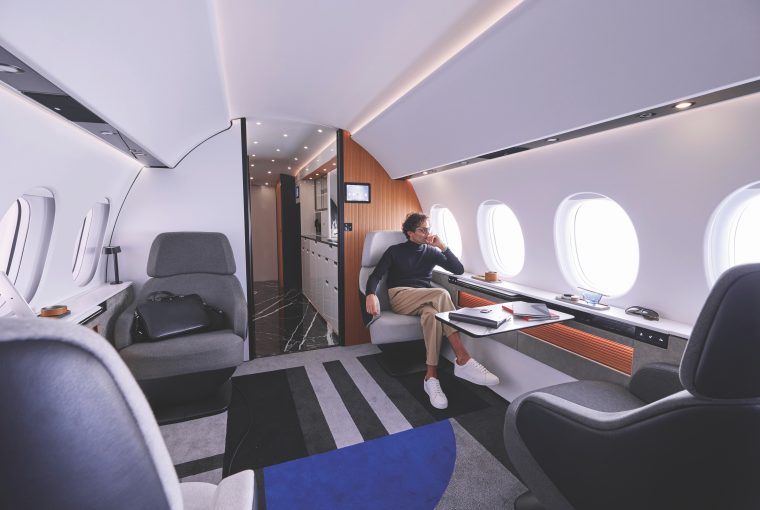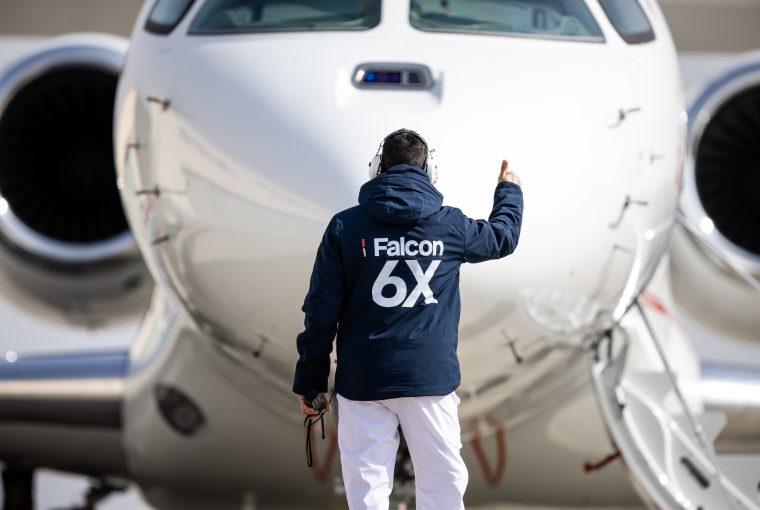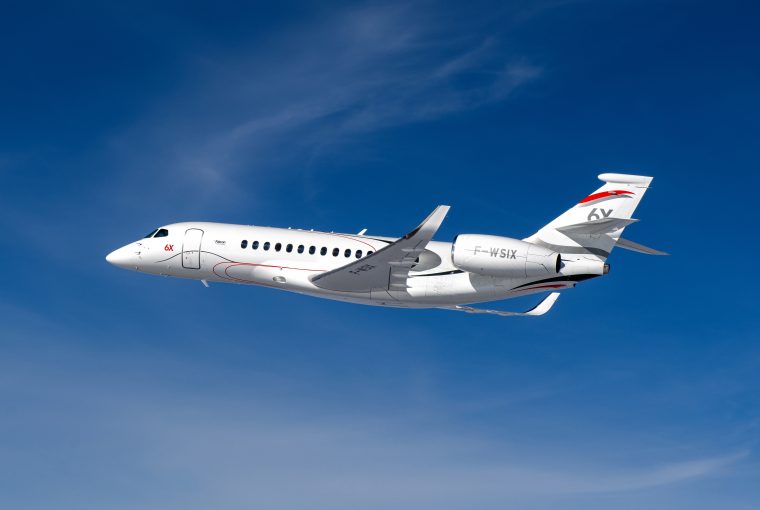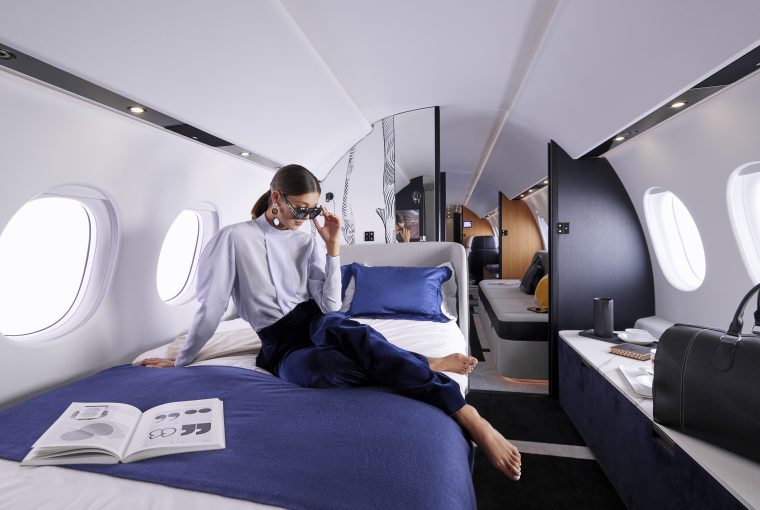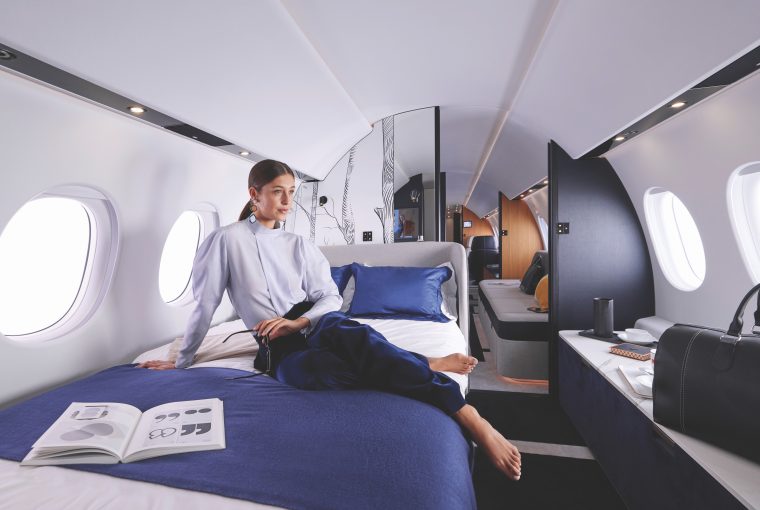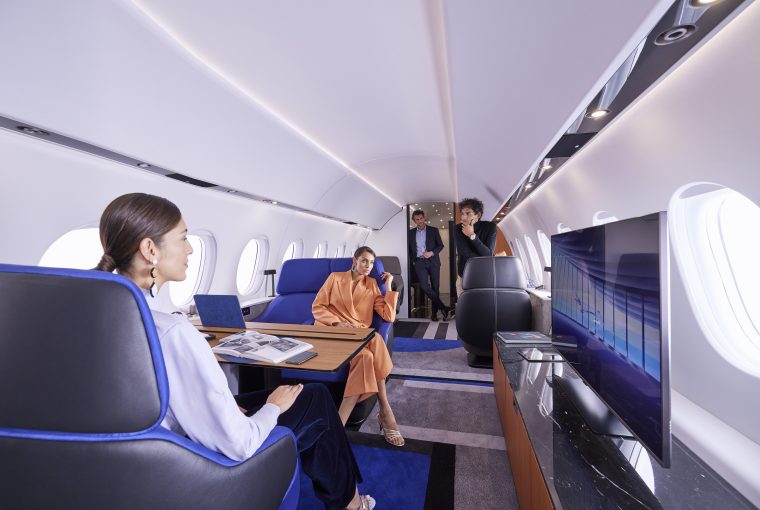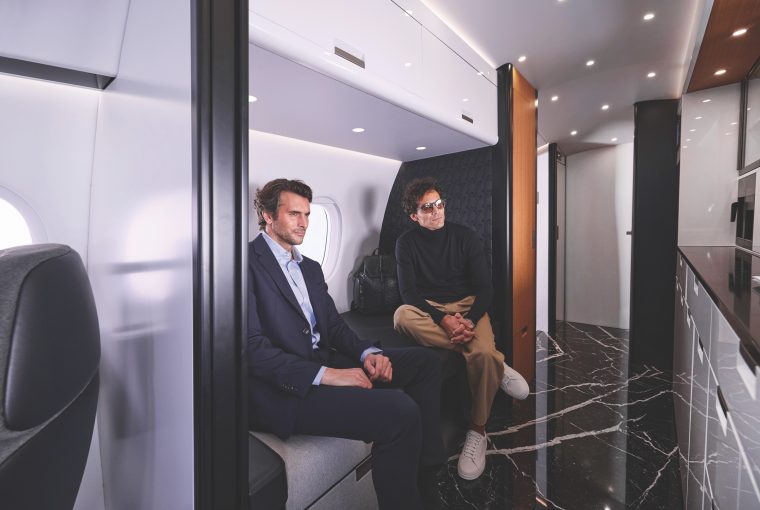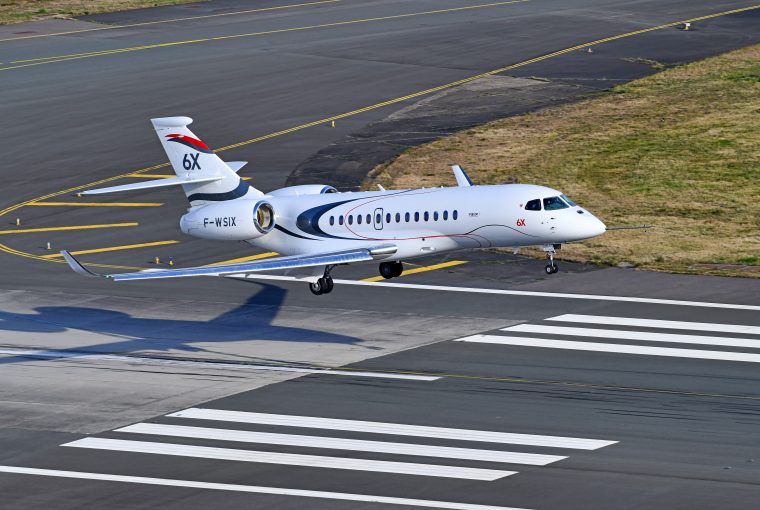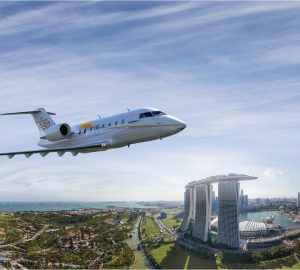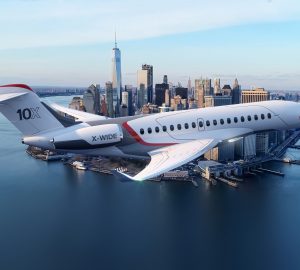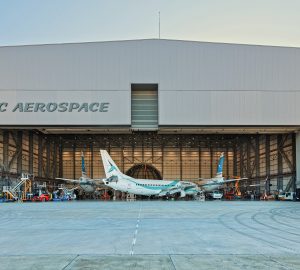DASSAULT AVIATION ROLLS OUT TWO LUXURY PRIVATE JETS
By Ju Kuang Tan, Images courtesy of Dassault Aviation
Buyers of private jets have few things in mind when they go shopping. Price, of course, is one thing, but if the jet set forgoes commercial for their own piece of the sky, then speed and comfort are two others that come to mind when signing on the dotted line.
The fact that Dassault’s new jets—the Falcon 6X and Falcon 10X—offer much more is just icing on the cake.
ELEVATED COMFORT
Needless to say, for those who can afford to fly private, luxurious comfort is top of the list when they go shopping. The Dassault Falcon 6X introduces a new category in private jets – the ultra-wide body business jet – which will surely turn some heads when it comes to pizzazz in the clouds.
With its internal dimensions of 1.98m in height, and 2.58m in width, the 6X offers a multitude of possibilities when it comes to fitting out the interiors. Until the launch of the new 10X, the aircraft reigns as the tallest and widest in its class, allowing customers great leeway to configure the interiors for their long-haul travel.
The first production 6X received the first production interior at Dassault Aviation’s world-renowned Completion Center in Little Rock, Arkansas, USA. Little Rock combines the most advanced digital technologies to ensure a high level of fit and finish with old world craftsmanship reflecting the heritage of the French luxury goods sector. Customers can also be assured that travelling in the 6X is as quiet as can be as the new plane matches the Falcon 8X ultra-long-range jet for living-room aural comfort at under 50 decibels.
No stone was left unturned by Dassault Aviation for the 6X. Two of the development aircrafts, with interiors installed at the factory in Bordeaux-Merignac, France, had tests done on the cabin environmental systems, galley and lav equipment, entertainment gear and cabin communications systems. They were also subjected to cold soak tests – exposing the aircraft to extreme low temperatures – to ensure that they could handle flights over the poles. A fourth aircraft will take off on an around-the-world series of flights in the middle of 2022 to further test the reliability of systems far from the home base at Istres test centre in the south of France.
NIMBLE AERONAUTICS
Apart from luxury in the skies, smaller private jets provide greater flexibility and manoeuvrability when it comes to handling the intricacies of flight control. The Falcon 6X not only ticks all the boxes when it comes to improved aeronautical acrobatics, but it also pushes the envelope on speed.
The 100 per cent new design from Dassault Aviation is capable of a cruise speed of 0.8 Mach, and up to a top speed of 0.9 Mach. Over 600 hours of tests done of the four versions of the aircraft certifies the 6X as more than capable to handle the intricacies of flight.
From flying as slowly as 109 knots to the highest, stalling in varied weight and balance combinations, landing in high crosswinds and tailwinds, or cold-soaking the aircraft in Iqaluit, Canada on the Arctic Circle – just a few among hundreds of other tests – the Falcon 6X performed with flying colours. The plane was also certified as having delightful flight characteristics by flight crews from Dassault’s Pilot Operational Group – the elite team that also helps flight departments around the world as they put new air craft types into service.
One of the key attributes of the Falcon 6X is its ability to handle steep approaches, required at some airports, at slow and stable speeds. This is made possible by a new control device called flaperon, which is a combination of a flap and an aileron – the latter being the part of a wing that controls the longitudinal movement of an aircraft.
The 6X also has nosewheel steering for better tracking on wet runaways, a useful feature in gusty wind conditions, while the DFCS enables smoother rides in turbulence with its quicker reaction times to gusts compared to that of pilots or conventional autopilot systems. The truth of the matter is that the 6X has the most advanced DFCS in a Falcon to date.
Technological advancements have also gone into the sustainability of the 6X as a private jet for the future. The aircraft can support up to 50 per cent of its fuel needs with a sustainable aviation fuel (SAF) blend from TotalEnergies, which underscores Dassault’s approach to the environment.
Certification and entry into service for the Falcon 6X is planned for the end of 2022.
TOP OF THE RANGE
In addition to the Falcon 6X, Dassault is also putting the finishing touches on its top-of-the-line Falcon 10X, which they introduce as the “indisputably largest and most advanced purpose-built business jet” money can buy. The new aircraft will go farther and faster than all that came before it. It’s capable of travelling 7,500 nautical miles and reach speeds of 0.925 Mach, while offering passengers luxurious, penthouse-type interiors that make 15-hour flights a breeze.
The 6X held the largest-interior accolade among all private jets for a while, only to be upstaged when the 10X is launched. The 2.03m height of the larger aircraft pips the 6X by eight inches, and will be the tallest in the industry. Owners can fit out the internal space to their desires, including creating an extra-large dining area, or a small intimate entertainment room with a large screen and divan. The 10X can also be designed to have a true queen-size bed, something that was previously impossible in other ultra-long-range jets. Prospective buyers can see the many different cabin modules at either Dassault’s Paris-Le Bourget showroom, or in the Little Rock Completion Center.
MILITARY PRECISION
Technology transfer from Dassault’s Rafale fighter series makes the Falcon 10X one of the most advanced private jet aircrafts in the air. Landing in smaller airports, such as London City Airport, is now made easier with the 10X. The plane needs less than 1800m to take off, and less than 760m of runway to land, making it ideal in accessing airports with challenging fields.
The two engines can be controlled with a single Smart Throttle, and is fully integrated into the DFCS to enjoy the benefits of the many safety features. From the reduction of noise, to climbing and descending efficiently, the aircraft allows pilots more time to make critical decisions at all phases of flight. One of the greatest safety advantages is a ground-breaking automatic recovery mode in the event of a wake turbulence encounter or other upset scenario. The 10X will be powered by 18,000+-pound thrust Rolls Royce Pearl 10X engines, the most recent and powerful in the ultra-efficient Pearl family that will be 100-per cent SAF capable.
With the first parts for the 10X to be built this year, Dassault expects entry into service for the Falcon 10X – its new flagship aircraft – in 2025.
For more information, visit www.dassault-aviation.com.



